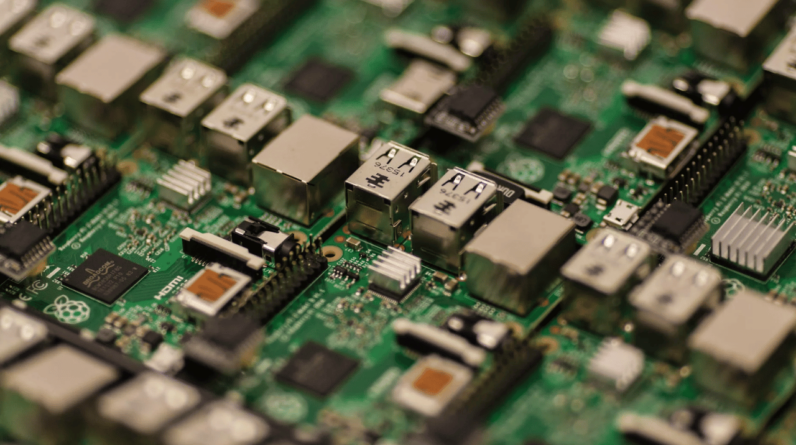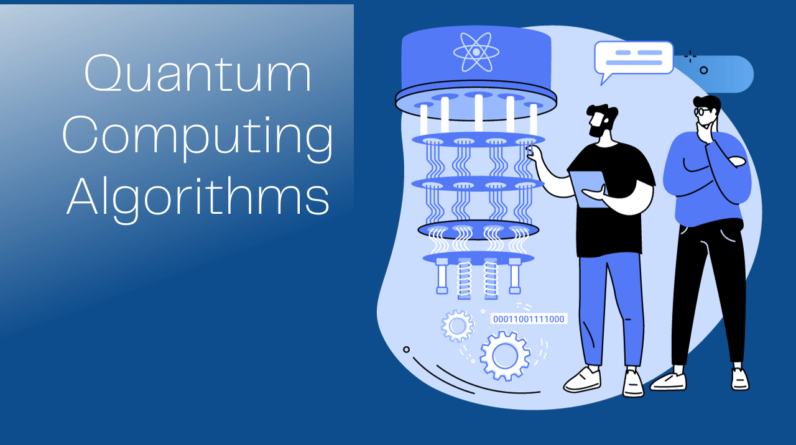
Discover the untapped potential of Web3: Explore the evolution of the Internet and how it’s shaping our digital future.
Web3 is revolutionizing the internet as we know it. With its decentralized nature and innovative technologies like blockchain and smart contracts, Web3 is propelling us toward a future where individuals can have greater control over their digital lives. In this blog post, we will explore the unstoppable progress being made in Web3 and dissect the future of the decentralized web.
Understanding Blockchain’s Role in Web3
At the heart of Web3 lies blockchain technology. Blockchain’s key features, such as transparency, immutability, and decentralization, are driving the progress in Web3. Transactions recorded on the blockchain can be verified by anyone, eliminating the need for intermediaries and providing a trustless environment. This decentralized nature allows for increased security and privacy, making it ideal for various applications beyond cryptocurrencies.
The Rise of Decentralized Finance (DeFi)
One of the most significant advancements within Web3 is the emergence of Decentralized Finance, better known as DeFi. DeFi is disrupting traditional financial systems by replacing intermediaries with smart contracts and decentralized applications (dApps). This new paradigm is enabling peer-to-peer lending, decentralized exchanges (DEXs), and yield farming, among other innovative financial services.
The benefits of DeFi are multifaceted. Decentralized exchanges, for example, allow users to trade assets directly with each other, eliminating the need for a centralized authority. This fosters a more inclusive financial system, as anyone with an internet connection can participate in trading without the need for intermediaries or bank accounts.
However, despite its rapid progress, DeFi still faces certain challenges. Regulation and compliance concerns, scalability, and security issues are some of the hurdles that need to be addressed to ensure a sustainable DeFi ecosystem. Nonetheless, the potential of DeFi to revolutionize global finance and provide financial services to the unbanked population is undeniable.
“Embrace the transformative power of #Web3, where the Internet evolves to empower individuals and create a decentralized future. Discover how to unleash its potential and shape a world of boundless possibilities.” #TechRevolution #InternetEvolution
Non-Fungible Tokens (NFTs)
Non-Fungible Tokens (NFTs) have become one of the most talked-about applications of blockchain technology. NFTs represent unique digital assets, including art, collectibles, in-game items, and even real-world assets. Their authenticity, traceability, and ability to prove ownership have opened up a world of possibilities in the digital realm.
Tokenized virtual assets are transforming the gaming industry, allowing players to own and trade in-game items outside of the closed ecosystems of traditional games. Likewise, digital artists are now able to sell their creations directly to buyers, with the blockchain providing a transparent and secure record of ownership.
However, despite the excitement surrounding NFTs, there are legitimate concerns that need to be addressed. Environmental concerns related to the energy consumption of blockchain networks, questions about copyright ownership, and ensuring fair compensation for artists and creators are some of the challenges that need to be tackled to fully harness the potential of NFTs.
NFTs: Unlocking New Possibilities in the Digital World
Web3 brings a renewed focus on data privacy and security. With decentralized identity management and self-sovereign identity (SSI), individuals can have greater control over their personal information. Encryption and secure data sharing mechanisms provided by decentralized networks offer additional layers of security.
However, finding the right balance between user privacy and implementing necessary security measures remains a challenge. As we move deeper into the era of Web3, it’s vital to continue developing robust security frameworks and privacy-enhancing technologies to safeguard user data.
Web3’s Impact on Data Privacy and Security
While Web3’s progress has been remarkable, mainstream adoption still faces several barriers. Usability and user experience challenges, lack of awareness and education, interoperability issues, and network fragmentation all contribute to the slow adoption of Web3 technologies.
Efforts are being made to enhance Web3 accessibility and usability. User-friendly wallets and decentralized applications are being developed to simplify the onboarding process for newcomers. Additionally, interoperability protocols and bridges between blockchains are being created to enable seamless communication between different Web3 networks.
Web3 Adoption and Barriers to Overcome
Looking toward the future, the possibilities of Web4 and beyond are tantalizing. Integration of Augmented Reality (AR), Virtual Reality (VR), Artificial Intelligence (AI), and Machine Learning (ML) technologies could further enhance user experiences and create new opportunities for innovation.
However, along with the excitement, we must also be wary of potential risks. The path to a decentralized internet must avoid the pitfalls of excessive centralization, which may erode the fundamental principles that Web3 seeks to establish. Striking the right balance will be crucial as we continue to evolve beyond Web3.
Conclusion
The progress witnessed in Web3 is unstoppable. From the power of blockchain technology and the disruptive force of DeFi to the limitless potential of NFTs and the focus on data privacy and security, Web3 is reshaping the internet landscape. As we navigate the challenges and opportunities that lie ahead, it is crucial for individuals and organizations to embrace this transformative technology, learn, and actively participate in the decentralized web revolution. Together, we can shape a future where everyone has greater control over their digital lives.
Read also:
Teleworking: A New Era of Flexibility and Productivity
The Future of AI: From Virtual Assistants to Superintelligence






